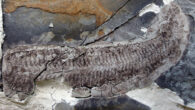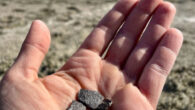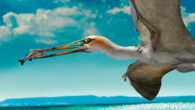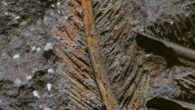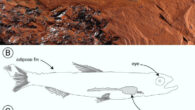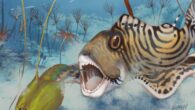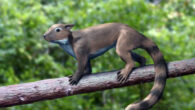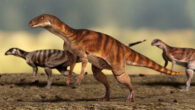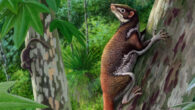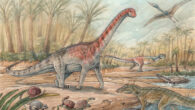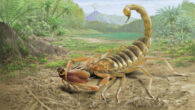In a paper published in the journal BMC Biology, paleontologists described an extinct species of koinobiont parasitoid wasp found in mid-Cretaceous amber from the Kachin region of Myanmar. Named Sirenobethylus charybdis, this species may have used its Venus flytrap-like abdomen to capture and immobilize its prey. Sirenobethylus charybdis. Scale bars – 0.5 mm in (A), 0.3 mm in (B), 0.2 mm in (C). Image credit: Wu et al., doi: 10.1186/s12915-025-02190-2. “Insects...


